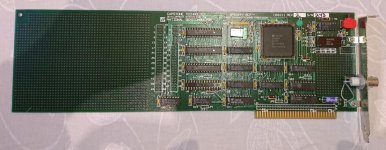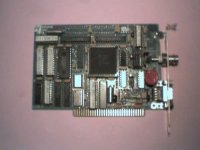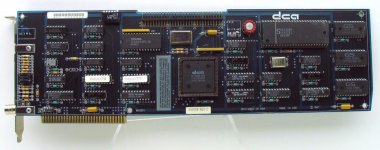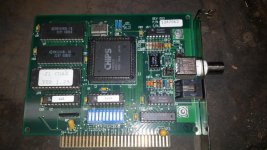cfsimmons
Member
Hi all,
I've been trying to learn about the protocol IBM used between their coax terminals and the controller such as the 3174. I've found some documentation on the Type B terminals like the 3277, but I'm more interested in the Type A implementation, used for the 3278/3279. I'm not looking for a detailed explanation of the 3270 protocol since I know it can fill multiple books, but rather just hoping someone can point me in the right direction.
Pretty much everything I know at the moment comes from the CHIPS 82C570 data sheet. Given the amount of ISA emulation boards and clone terminals made I would think this information must be out there somewhere.
I've been trying to learn about the protocol IBM used between their coax terminals and the controller such as the 3174. I've found some documentation on the Type B terminals like the 3277, but I'm more interested in the Type A implementation, used for the 3278/3279. I'm not looking for a detailed explanation of the 3270 protocol since I know it can fill multiple books, but rather just hoping someone can point me in the right direction.
Pretty much everything I know at the moment comes from the CHIPS 82C570 data sheet. Given the amount of ISA emulation boards and clone terminals made I would think this information must be out there somewhere.






